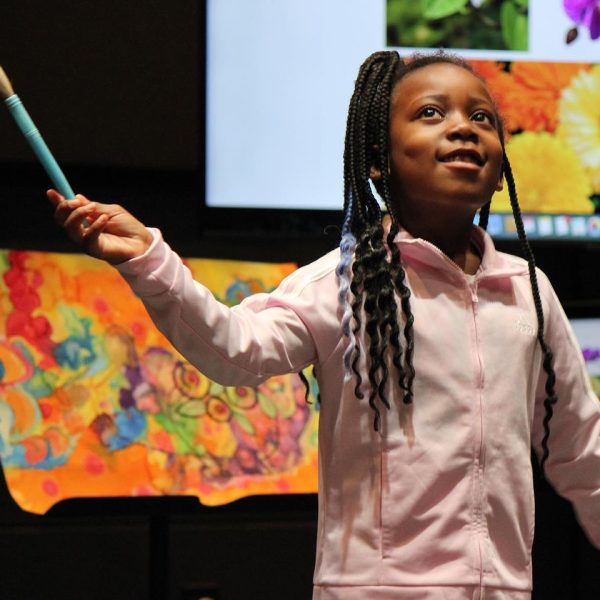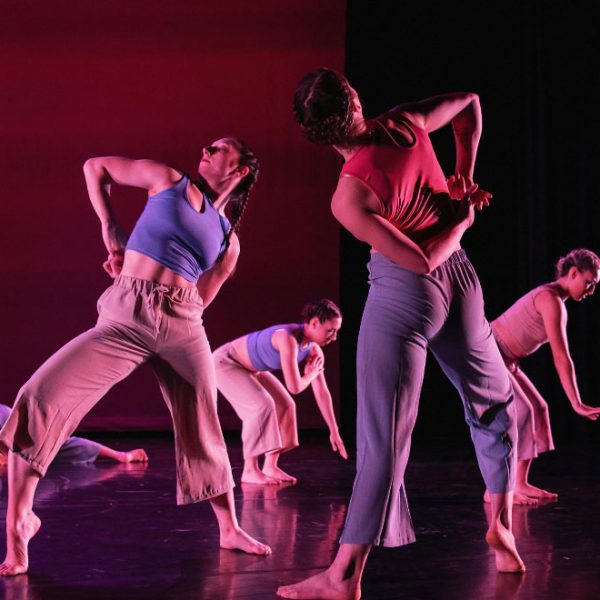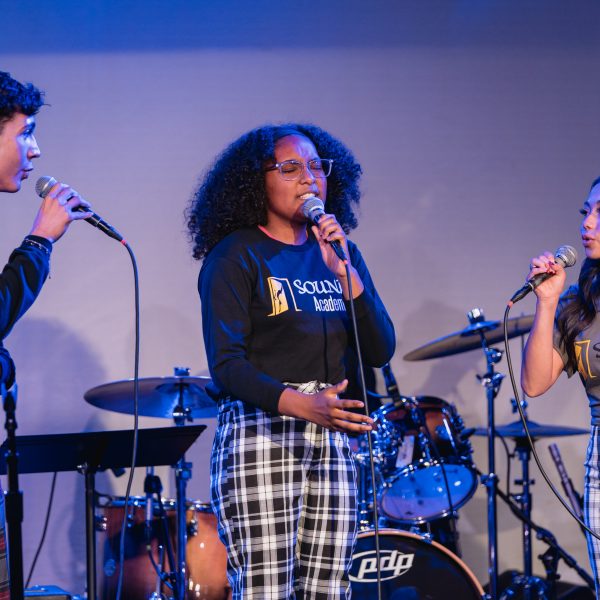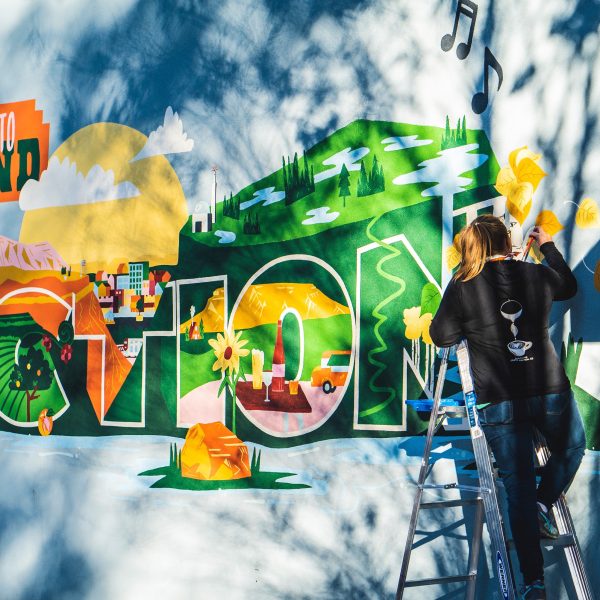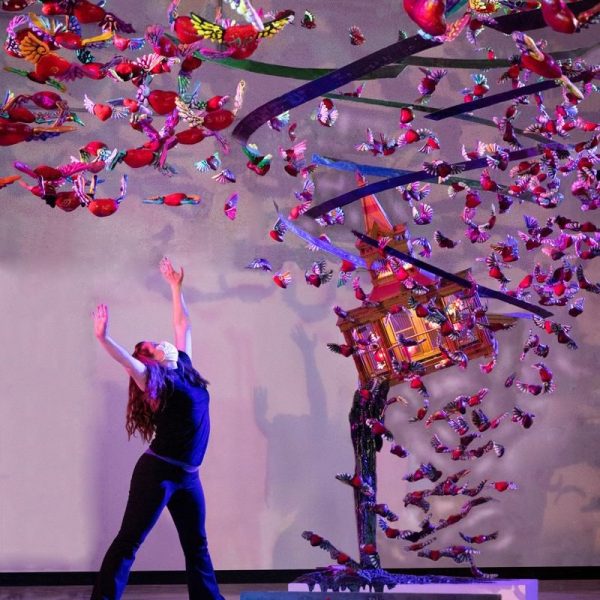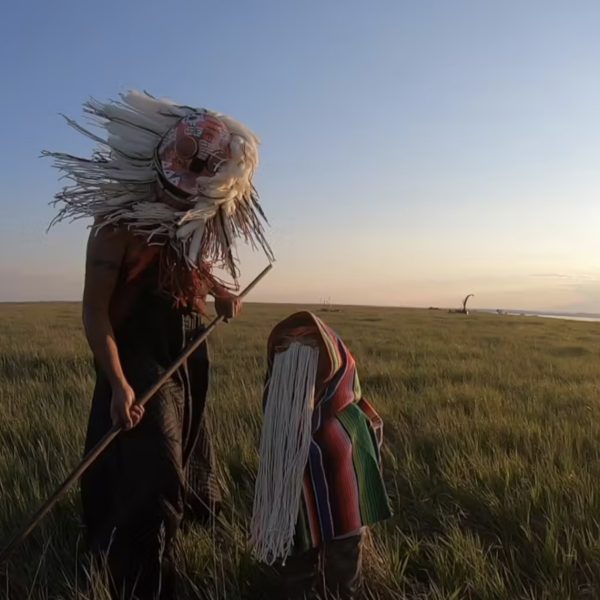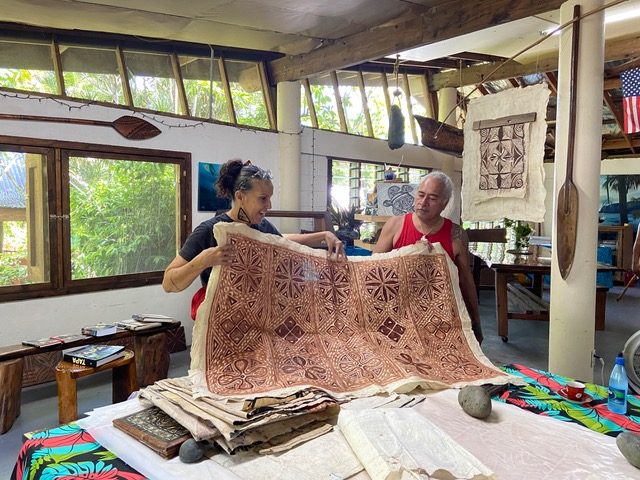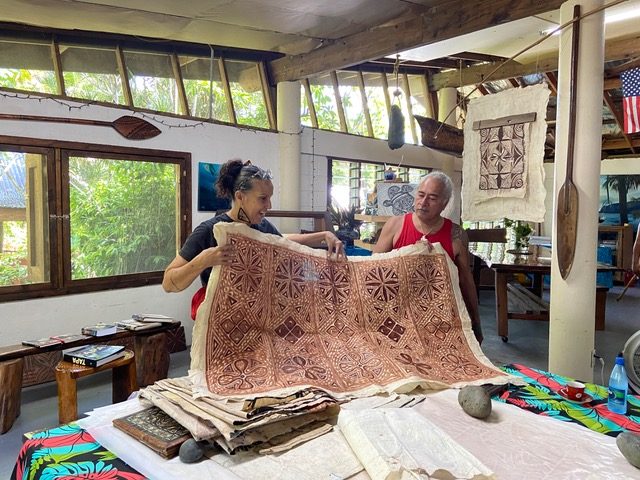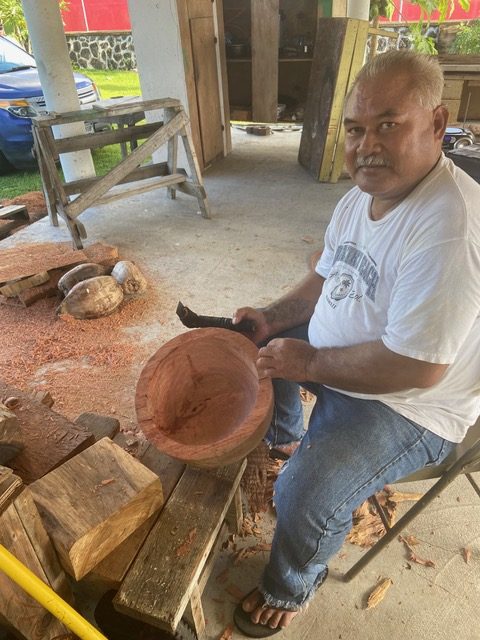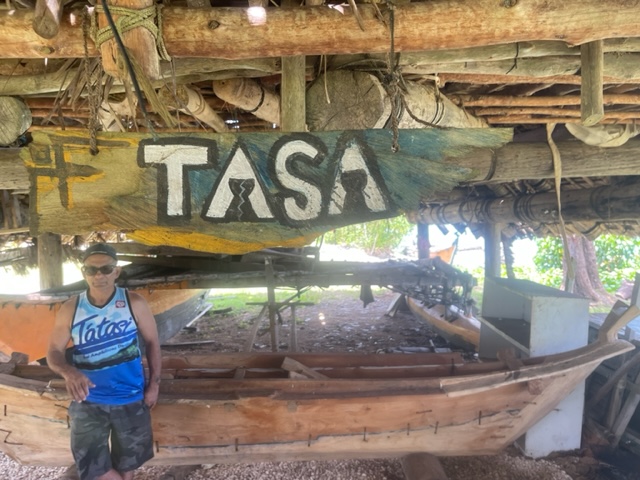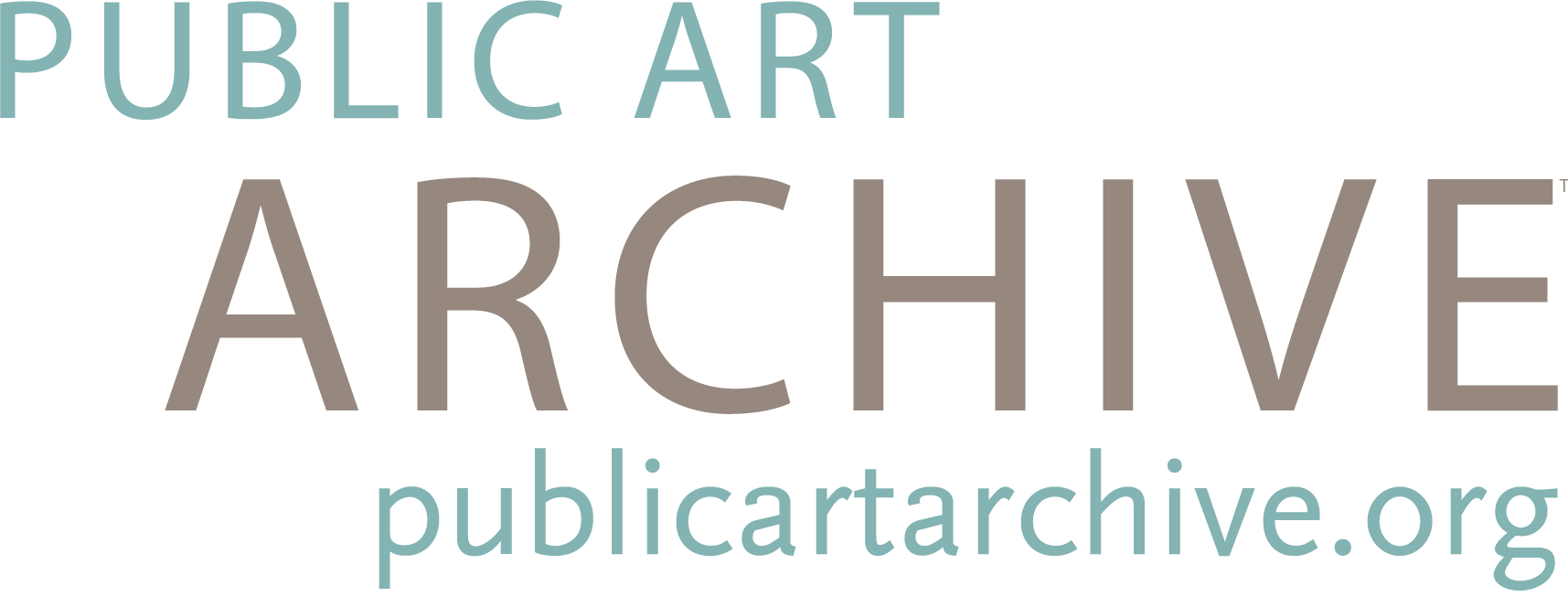It’s common to have a romanticized view of the Pacific, developed over decades by movies, television and advertising. An expanse of tropical islands with white sandy beaches, swaying coconut trees, and dreamy sunsets. This image is often sold as paradise for those who can afford it. Our perceptions are often shaped by fragmented images from media and advertisements. Is it the bustling tourism of Waikiki, the exclusive resorts of Bora Bora, or the historic site of Rapa Nui with its iconic statues?
Understanding Oceania’s complexity — over 10,000 diverse island communities across 3.2 million square miles — requires more than these mythologized images. The regions of Melanesia, Micronesia, and Polynesia, along with the subregion of Australia and New Zealand, are bound closely together with the rest of humanity by shared environmental and geopolitical challenges.
Across history, the Pacific region has faced relentless colonization and exploitation. The indigenous people of Guam endured forced labor camps and executions during World War II, while the Marshall Islands and French Polynesia were subjected to nuclear testing. Islands like Nauru have been strip-mined for their resources, and the entire region faces severe threats from climate change despite contributing less than 1% of global greenhouse gas emissions.
